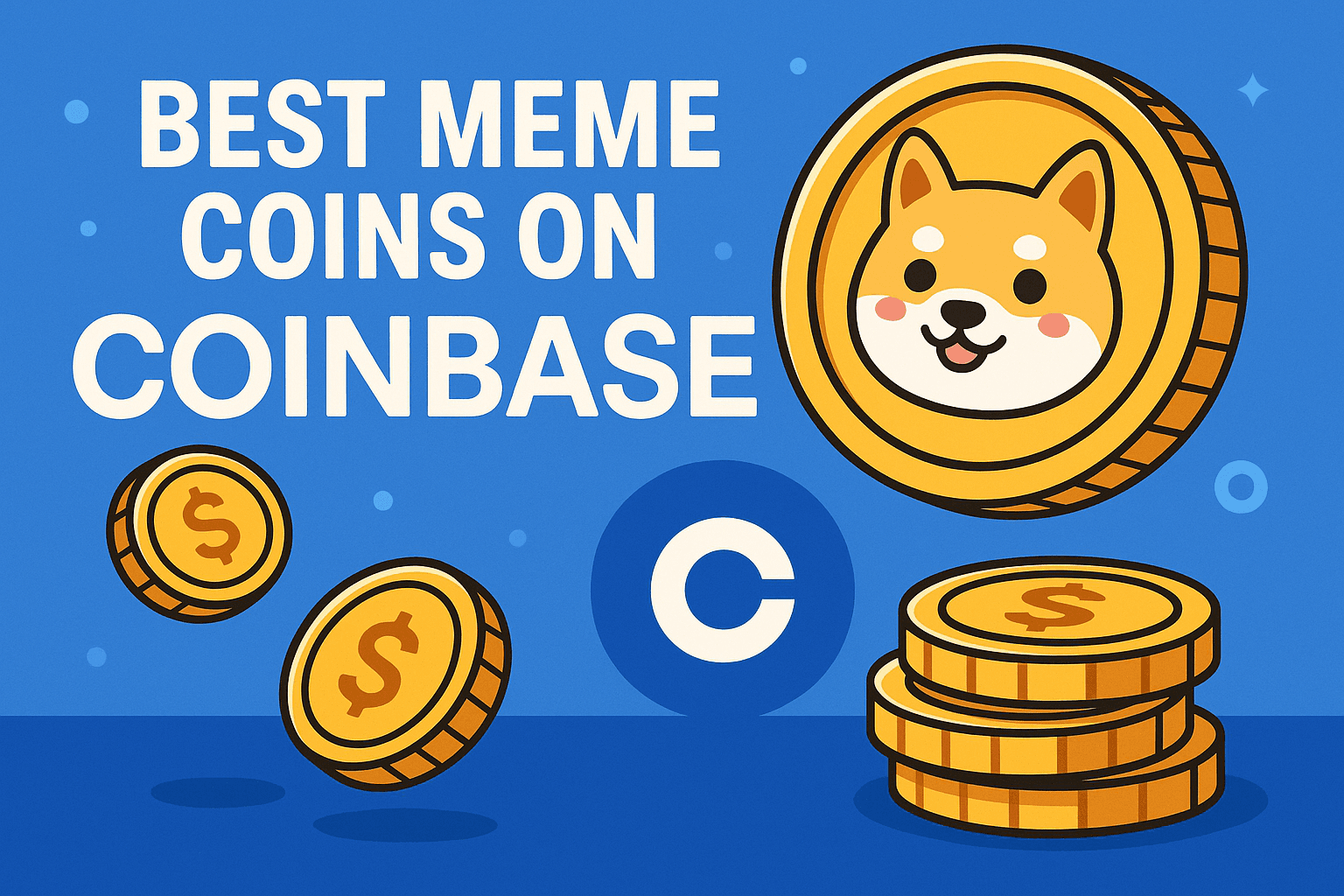.jpg&w=3840&q=75)
How to Slash Gas Fees with Crypto Optimizers in 2025
Ethereum’s gas fees are the bane of every crypto user’s existence. In 2025, even with EIP-4844 reducing Layer-2 costs, mainnet fees can still soar during peak demand. A simple token swap might cost $3–$10, while NFT minting can hit $30 (Coinrule Guide). Crypto optimizers—tools and strategies like GasNow, Zapper, and Layer-2 networks—offer a lifeline. This guide dives deep into how to use these optimizers to save ETH, with practical steps, estimated costs, and a bold perspective on navigating Ethereum’s fee landscape.
Why Gas Fees Persist in 2025
Ethereum’s transition to Proof-of-Stake and upgrades like EIP-4844 have improved efficiency, but gas fees remain a hurdle. Network congestion during DeFi booms or NFT drops spikes costs, as users compete for blockspace. Our post on Why Gas Fees Are Still a Problem explains why. Unique POV: Gas fees aren’t just a technical issue—they’re a social one, pricing out small players and slowing crypto adoption. Optimizers level the playing field.
Current Gas Fee Estimates (2025)
| Transaction Type | Low Priority ($USD) | Average Priority ($USD) | High Priority ($USD) |
|---|---|---|---|
| ETH Transfer | 1 | 2 | 3 |
| ERC-20 Token Swap | 3 | 6 | 10 |
| NFT Minting | 10 | 20 | 30 |
| DeFi Transaction | 5 | 12 | 20 |
| Source: Coinrule Guide |
What Are Crypto Optimizers?
Crypto optimizers minimize transaction costs through:
- Timing: Executing during low-demand periods.
- Batching: Combining multiple actions into one transaction.
- Layer-2: Processing off-chain for lower fees.
- Analytics: Adjusting gas prices dynamically.
Tools like GasNow, Zapper, and Blocknative lead the pack, while strategies like gas tokens cater to advanced users.
Step-by-Step Guide to Slashing Gas Fees
Here’s how to optimize your transactions in 2025:
1. Master Etherscan for Gas Tracking
Etherscan’s Gas Tracker provides real-time Gwei prices, often dipping to 5 Gwei during lulls. Use the “Pending Transactions” page to gauge congestion. Our guide on How to Use Etherscan Like a Pro shows how to set custom gas limits, saving you from overpaying. Pro Tip: Cross-check with GasNow for accuracy.
2. Time Transactions Strategically
Gas fees peak during high activity (e.g., US daytime). Schedule for early mornings or weekends UTC using Blocknative or GasNow. A token swap at 3 AM UTC might cost $3 versus $10 at peak. Controversial Opinion: Most users overpay due to FOMO—patience is your superpower.
3. Batch Transactions with Smart Wallets
Smart wallets like Argent and Gnosis Safe bundle actions, reducing gas by 30–40%. For example, approving and swapping a token in one transaction saves ETH. DeFi platforms like Zapper streamline staking and claiming rewards. Insight: Batching is like bulk shopping—more efficient, less costly.
Reach our audience of developers and tech enthusiasts with your product or service.
4. Embrace Layer-2 Solutions
Layer-2 networks (Arbitrum, Optimism, zkSync) process transactions off-chain, cutting fees dramatically. A mainnet swap costing $15 might be $0.50 on Arbitrum. Bridge assets with Hop Protocol or Across. EIP-4844 Impact: Implemented in 2024, EIP-4844’s blob transactions have slashed Layer-2 data costs, making rollups 40–100x cheaper than mainnet (Ethereum.org). POV: Sticking to mainnet is like driving a gas-guzzler—Layer-2 is the electric car of crypto.
5. Gas Token Strategies (Advanced)
Gas tokens like CHI or GST2 let you buy gas at low prices for later use. This arbitrage can save thousands but requires smart contract expertise. Warning: It’s high-risk—proceed with caution.
6. Leverage MEV Protection
MEV bots front-run trades, inflating costs. Tools like Flashbots or Eden Network prioritize your transactions securely, ideal for DeFi traders. Insight: MEV protection is like cutting the line at a busy club—faster and cheaper.
Top Crypto Optimizers for 2025
- GasNow: Browser extension for real-time gas prices (GasNow).
- Zapper: DeFi dashboard with batching (Zapper).
- Blocknative: Gas estimation and MEV protection (Blocknative).
- Argent: Smart wallet with user-friendly gas optimization (Argent).
- Hop Protocol: Efficient Layer-2 bridging (Hop Protocol).
The Bigger Picture: Why Optimization Matters
High gas fees deter new users and limit microtransactions, slowing crypto adoption. Optimizers make Ethereum more inclusive. With EIP-4844 and Layer-2 scaling, 2025 is a pivotal year. Bold Prediction: By 2026, gas optimizers will be as essential as wallets, and early adopters will dominate DeFi and NFT markets.
Common Mistakes to Avoid
- Overpaying: Always check gas trackers.
- Ignoring Layer-2: Mainnet is costly and slow.
- Single Transactions: Batching saves gas.
- Scams: Stick to trusted tools like GasNow.
FAQs
What is gas in crypto?
Gas is the fee for processing Ethereum transactions, measured in Gwei. Learn more in What Is Gas in Crypto?.
Can I avoid gas fees?
Not on mainnet, but Layer-2 and optimizers reduce them significantly.
Are optimizers safe?
Reputable tools like Argent are safe, but verify before using.
Conclusion
Gas fees don’t have to ruin your crypto game. Tools like GasNow, Zapper, and Layer-2 solutions, combined with EIP-4844’s impact, make 2025 the year to transact smarter. Master Etherscan, time your moves, and embrace Layer-2. Check out How to Use Etherscan Like a Pro and Why Gas Fees Are Still a Problem for more.


